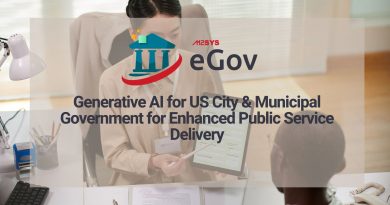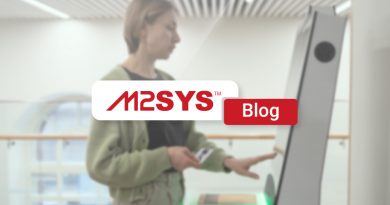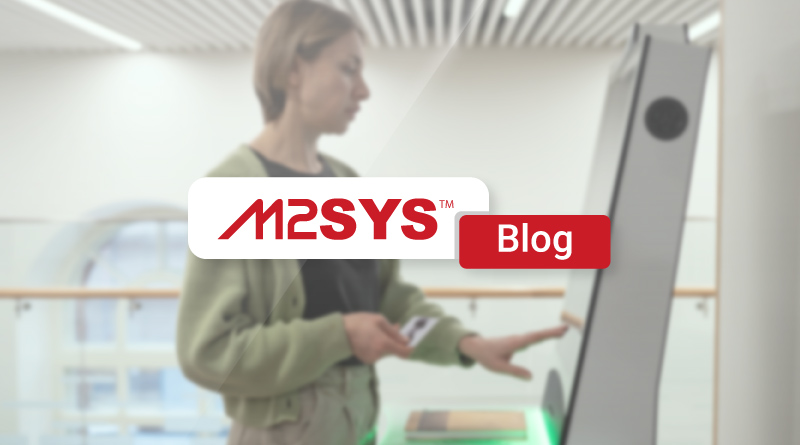Overcoming Permit Delays in Urban Growth: The Role of Paperless Civic Services in Sustainable City Planning
Urban areas face a 30% increase in permit applications annually, causing delays that hinder sustainable growth. Paperless civic services offer a solution by automating processes, reducing wait times, and supporting eco-friendly urban planning. Cities like Barcelona and Singapore have successfully implemented digital systems, enhancing efficiency and sustainability.
Urban areas worldwide face a staggering 30 percent increase in permit applications each year due to rapid expansion, yet many cities still battle delays that stall projects for months. This backlog not only frustrates developers but also hampers sustainable growth efforts. However, paperless civic services offer a practical path forward, cutting through red tape and supporting eco-friendly urban planning.
What Causes Permit Delays in Growing Cities?
Cities expand quickly, and permit processes often lag behind. Traditional systems rely on paper forms, manual reviews, and siloed departments, which create bottlenecks. For instance, a developer submits plans, waits for approvals from multiple agencies, and deals with lost documents along the way. These issues multiply as populations swell; statistics show that in the US alone, urban permit delays cost economies billions annually in lost productivity. Moreover, outdated methods contribute to environmental harm through excessive paper use and inefficient resource allocation.
How Paperless Civic Services Tackle These Challenges
Switching to digital platforms changes the game. Automated infrastructure management ensures permit delays vanish when systems automate submissions and reviews. Agencies process applications in real time, reducing wait times from weeks to days. This shift also aligns with sustainable goals by eliminating paper waste—think of the trees saved when cities ditch physical files. Additionally, digital tools foster better teamwork between government teams and developers, ensuring everyone accesses the same up-to-date information. As a result, projects move faster, and cities build greener infrastructure without unnecessary holdups.
Real-World Examples of Digital Permit Systems in Action
Take Barcelona, which adopted digital permitting a few years back. The city handled a surge in green building requests during its urban renewal phase, processing them 40 percent quicker than before. Similarly, Singapore integrated paperless systems into its smart city framework, managing permit volumes that doubled amid rapid development. These cases demonstrate how digital workflows prevent backlogs, even as cities grow. They also highlight reduced environmental impact, with less waste and more efficient energy use in planning.
Integrating Sustainability into Urban Permit Processes
Sustainable city planning demands quick approvals for eco-friendly projects like solar installations or green spaces. Paperless civic services permit delays by providing real-time tracking and automated checks for compliance with environmental standards. For example, systems flag issues early, allowing fixes before they cause stalls. This approach supports broader initiatives, such as reducing carbon footprints through streamlined workflows. Consequently, cities approve more sustainable developments, contributing to long-term urban health.
Benefits of Real-Time Processing for Green Infrastructure
Real-time processing means developers submit plans online, and agencies review them instantly. This speed accelerates green projects, like bike lanes or energy-efficient buildings, which might otherwise sit in limbo. Furthermore, eco-friendly workflows cut down on travel for in-person meetings, lowering emissions. Data from recent studies indicates that cities using these systems see a 25 percent drop in processing times, directly boosting sustainable growth. Therefore, governments equip themselves to handle expansion without sacrificing environmental priorities.
Enhancing Collaboration with Digital Tools
Collaboration often breaks down in traditional setups, but paperless systems bridge gaps. Agencies share data seamlessly, and developers track progress via apps. This setup minimizes misunderstandings and speeds up revisions. In turn, it aligns with smart city goals, where connected tech drives efficiency. For instance, biometric security tools spot unusual patterns in applications, preventing fraud and ensuring fair processes. Overall, these features create a cohesive urban planning environment.
Streamlining Project Management in Municipalities
Effective project management ties everything together. Digital platforms centralize data, offering insights that help managers allocate resources wisely. This method handles increased volumes without chaos, supporting sustainable strategies. Cities that implement such tools report fewer errors and faster completions, proving their value in dynamic urban settings.
City & Municipality Management Solution Powered by M2SYS eGov Platform
With over 20 years of experience working with governments across the globe and in the US, M2SYS brings proven know-how to these challenges. The City & Municipality Management Solution, powered by the M2SYS eGov Platform, builds and delivers eGovernance solutions that digitize permit processes. It features no-code setup, so municipalities tailor applications without coding expertise, launching quickly to address permit delays. Mobile access lets users handle tasks anywhere, while secure cloud hosting keeps data safe and current. Real-time analytics guide decisions, and flexible workflows adapt to local needs. Multilingual support ensures inclusivity, and quick templates speed implementation. By centralizing operations, this platform reduces paper use, boosts collaboration, and aligns with sustainable planning—helping cities manage growth effectively. Readers interested in these benefits can contact us to explore more about how it fits their needs.
FAQs About Paperless Civic Services and Urban Permit Processes
What are the main challenges faced by cities in processing permit applications?
The primary challenges include the reliance on traditional paper-based systems, manual reviews, and siloed department operations. This often results in bottlenecks, delayed approvals, and lost documents, especially as applications increase with urban growth. For more on modernizing these systems, read about how paperless civic services can accelerate processes.
How do paperless civic services enhance sustainability in urban planning?
By digitizing the permit system, paperless civic services reduce paper waste, streamline workflows, and enable real-time processing. This supports eco-friendly urban planning and reduces the environmental impact of traditional methods.
Can paperless systems really handle large volumes of permit applications?
Yes, digital platforms are designed to manage increased volumes efficiently. Real-world examples, like those in Barcelona and Singapore, show that digital workflows can process high volumes of permits quickly, preventing backlogs and supporting sustainable development. Check out the benefits of real-time processing for sustainable growth here.
How do digital tools enhance collaboration between government agencies and developers?
Digital tools provide a unified platform where agencies can share data seamlessly, allowing developers to track progress and make revisions faster. This minimizes misunderstandings and aligns with smart city goals. Learn more about the role of biometric security in digital collaboration.
What solutions does M2SYS offer to address these challenges?
M2SYS provides the City & Municipality Management Solution, part of their eGov Platform, which digitizes and automates permit processes, reducing delays and supporting sustainable city planning.









